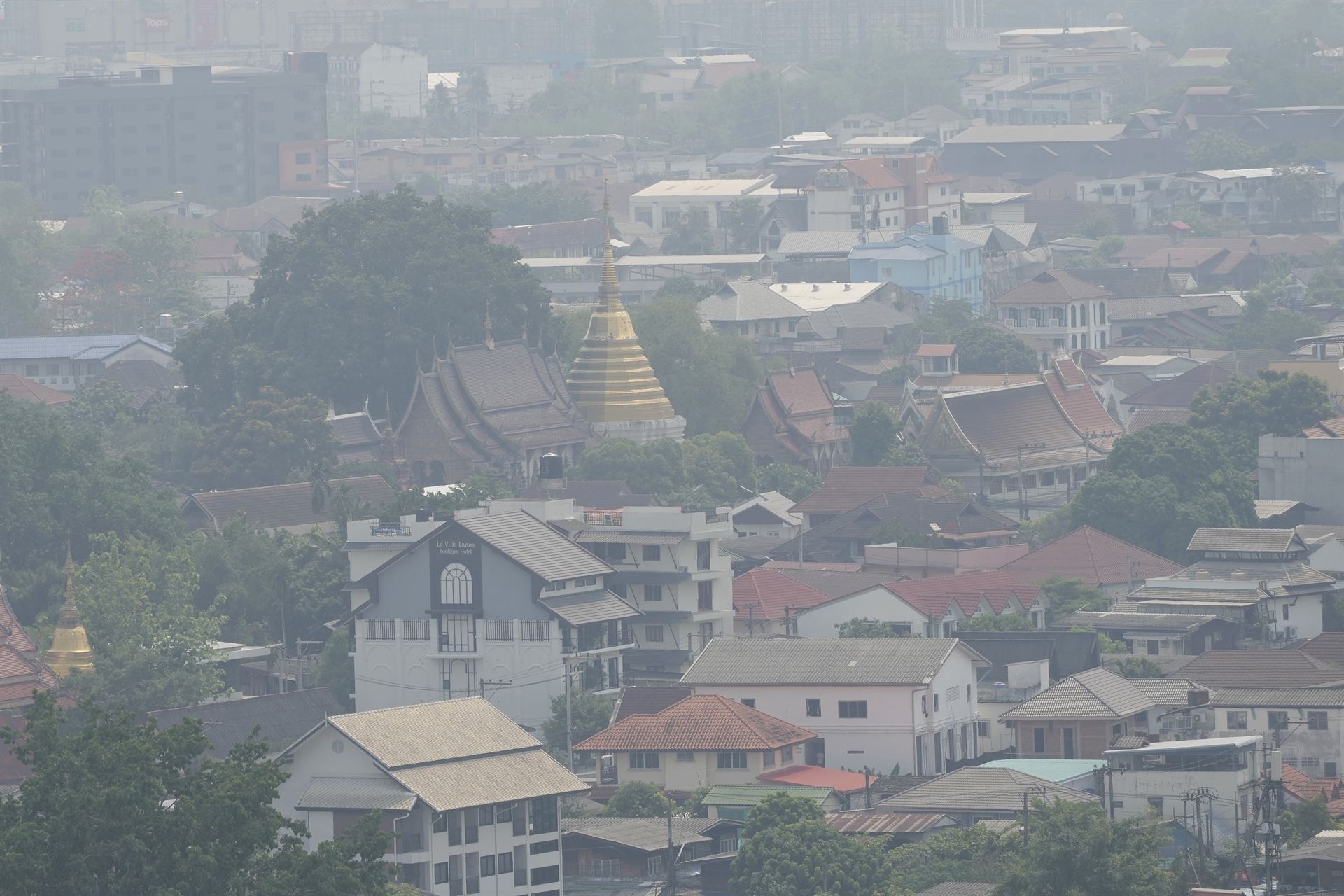
BANGKOK - Thailand's Pollution Control Department (PCD) on Monday unveiled a comprehensive plan to address a potential surge of air pollution, particularly in the capital Bangkok and surrounding areas during the upcoming haze season.
Despite the Southeast Asian country seeing an 11-percent decrease in average 24-hour PM2.5 concentrations compared to last year's critical period, the greater Bangkok area still recorded 97 days of airborne dust exceeding the national safety standard, said PCD Director-General Preeyaporn Suwannakes.
ALSO READ: Singapore in low risk of transboundary haze in 2024
The Thai government has prioritized combating PM2.5 pollution and outlined a multi-layered approach involving national, regional and provincial levels with a focus on prevention, mitigation and public awareness, Preeyaporn said in a statement.
READ MORE: Thailand warns of high pollution in capital, officials to WFH
She noted that the plan aims to improve wildfire management, agricultural practices, urban air quality, cross-border cooperation and public health through comprehensive risk mapping, early warning systems and increased firefighting capabilities.
READ MORE: Experts warn people need to prepare for extreme weather
It also promotes sustainable farming, reduces burning, and encourages cleaner practices while supporting public transportation and healthcare services.
The agency expects the La Nina weather phenomenon to bring above-normal rainfall to Thailand, potentially mitigating the severity of wildfires and reducing PM2.5 levels. However, short-term weather patterns may lead to temporary spikes in PM2.5 concentrations, especially in late October.


